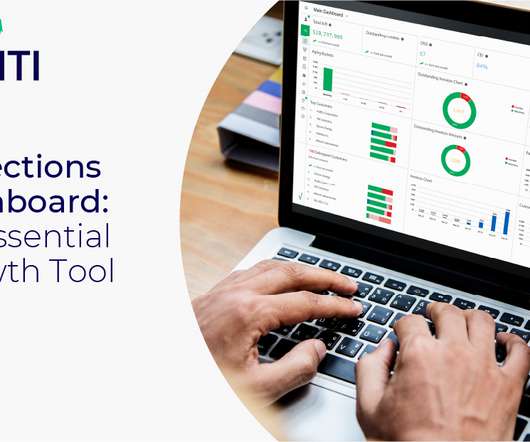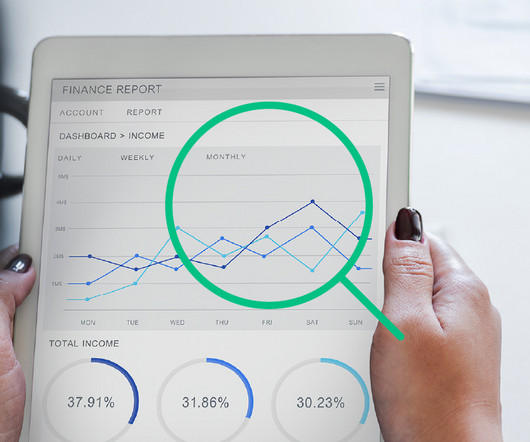7 Strategies to Reduce DSO and Enhance Cash Flow
Gaviti
APRIL 3, 2024
When accounting departments want a quick evaluation of the health of a business, they often look at their DSO, or days sales outstanding. Traditionally, a low DSO indicates that your company has capital available and is in good financial standing. This includes both current, past and overdue invoices. monthly, quarterly or annually).


















Let's personalize your content